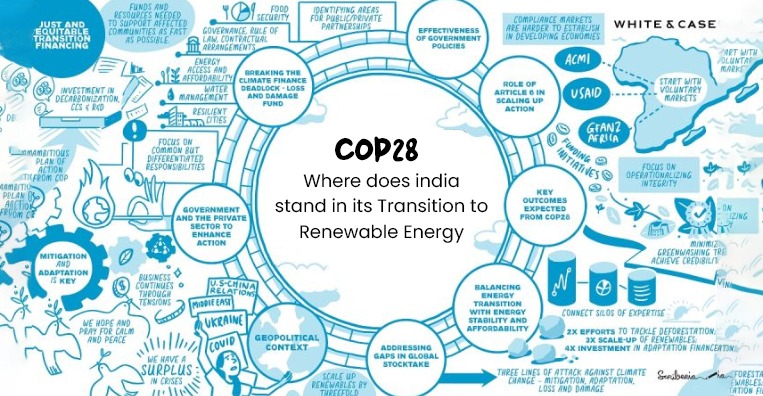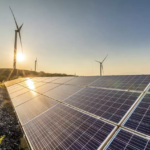India’s commitment to achieving net zero emissions by 2070 and fulfilling half of its electricity needs through renewable sources by 2030 marks a crucial stride in the global battle against climate change. The nation’s rapid economic expansion, predominantly fueled by coal and oil, has granted millions access to modern energy services. However, this growth has come at the cost of India now having the third-highest annual CO2 emissions globally, even though its per capita emissions remain comparatively low.
To realize the ambitious goal of net zero emissions by 2070, India has adopted strategies focused on meeting a significant portion of its energy demand with low-carbon energy sources. The country stands as one of the most promising markets for renewable energy, boasting abundant solar and wind resources. With a burgeoning energy demand, India has the potential to emerge as a global leader in the transition to clean energy.
The Indian government has set lofty targets for renewable energy, aiming to achieve 500 GW of installed capacity by 2030 – a threefold increase from the current 172 GW as of March 2023, according to R.K. Singh, Minister of New & Renewable Energy. The growth trajectory of Indian renewable energy has been remarkable, with a 396% increase in non-fossil fuel capacity over the past 8.5 years, standing at 176.49 GW as of July 2023. The country witnessed the highest Year on Year growth in renewable energy additions, reaching 9.83% in 2022. Solar energy capacity alone has surged 30 times in the last 9 years, reaching 70.10 GW by July 2023.
The Solar Benchmarks:
India’s push for domestic manufacturing of solar modules and related components plays a pivotal role in meeting sustainability goals. This move not only reduces India’s reliance on imported solar equipment but also contributes to job creation within the country. The Indian government has implemented policies, including financial incentives and preferential procurement requirements, to promote domestic manufacturing of solar equipment.
The Production-Linked Incentive (PLI) Scheme in High-Efficiency Solar PV Modules is a significant initiative supporting renewable energy and domestic manufacturing. Tranche 1 had an outlay of INR 4500 crores, and Tranche 2, launched in September 2022 with an outlay of INR 19,500 crores, aims to build 65 GW of fully/partially integrated manufacturing capacity. This move aligns with the global shift away from Chinese solar modules, presenting India with an opportunity to enhance its manufacturing capacity and exports.
Challenges and Opportunities:
Despite the progress, challenges persist in India’s transition to renewable energy. Massive investments in grid infrastructure are needed to accommodate the growth of renewable energy. According to the International Energy Agency (IEA), approximately 1500 GW of renewable energy projects globally await approval for grid connection.
Energy storage solutions are another challenge to address the intermittency of renewable sources. The Central Electricity Authority notes that India requires 41.65 GW/208.25 GWh of Battery Energy Storage Systems (BESS) by 2029-2030. However, amidst these challenges, India has opportunities to accelerate its transition to renewable energy, such as the declining costs of solar and wind power and the rising demand for energy in the country.
In a Nutshell:
India’s strides in transitioning to renewable energy are substantial, backed by ambitious targets and progress in domestic manufacturing. While challenges like grid infrastructure and energy storage must be addressed, India possesses opportunities to expedite this transition. By capitalizing on decreasing costs and meeting rising energy demand with renewables, India has the potential to lead the global shift towards clean energy.
News Source: Indiatimes







Leave a Reply